High Efficiency
Spin Detection
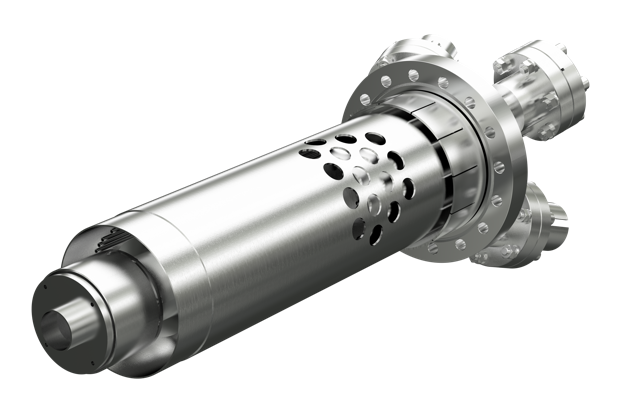
Spin and angle resolved photoelectron spectroscopy (SARPES), with its unique simultaneous sensitivity to electronic spin, momentum and energy, is a powerful method for directly probing the spin polarization of surfaces and electronic structures of current research interest.
While ARPES is an established technique, SARPES is so far impeded by long integration times due to small signals of not user-friendly spin detectors.
The spin polarization detector FERRUM with its ultimate figure of merit (FoM: 8.8 x 10-3) has demonstrated to overcome these restrictions to a large extent.
The integration time for a given signal to noise can be reduced by more than one order of magnitude compared to conventional Mott– or SPLEED detectors. In addition the operation of the FERRUM is straight forward and does not require expert knowledge.
The FERRUM can be used with all kinds of electron analysers. Together with an optional spin rotator it allows for measuring all three spin components without sample rotation.
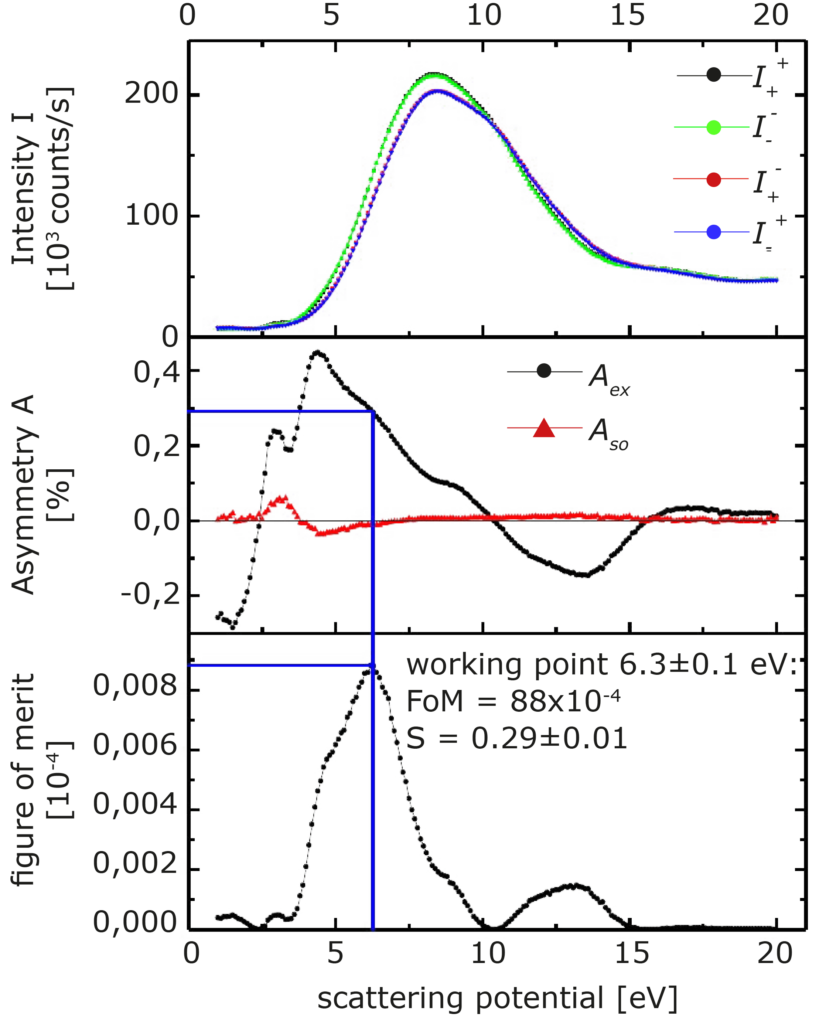
Polarized secondary electrons excited with He I (21.2 eV) from a magnetized iron film are used to characterize the FERRUM and prove a figure of merit of 8,8 x 10-3.
Ref.: M.Escher et al. e-J. Surf. Sci. Nanotech., 9 (2011)
Working principle of the FERRUM
Incoming electrons are scattered spin-dependent at a magnetized thin iron film on W(100).
The scattered electrons are measured with a channeltron.
Magnetic coils switch the magnetization of the iron film in order to measure subsequently two orthogonal spin components in both directions.
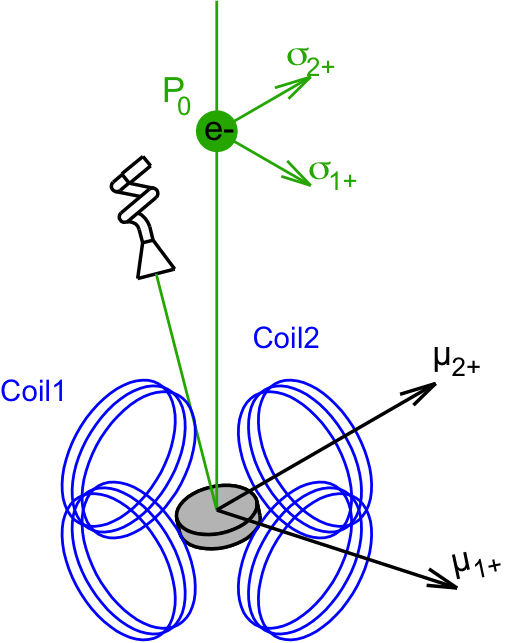
Spin Switch – 3D Spin Vector Detection
For routine and fast spin resolved PES/ARPES
Benefits
- User friendly operation
- Available for all established ARPES analyser
- Ultimate sensitivity (figure of merit)
- Highly efficient SEMPA
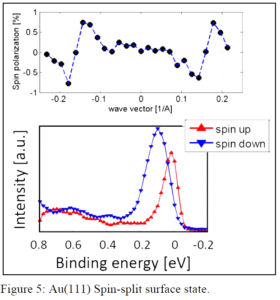
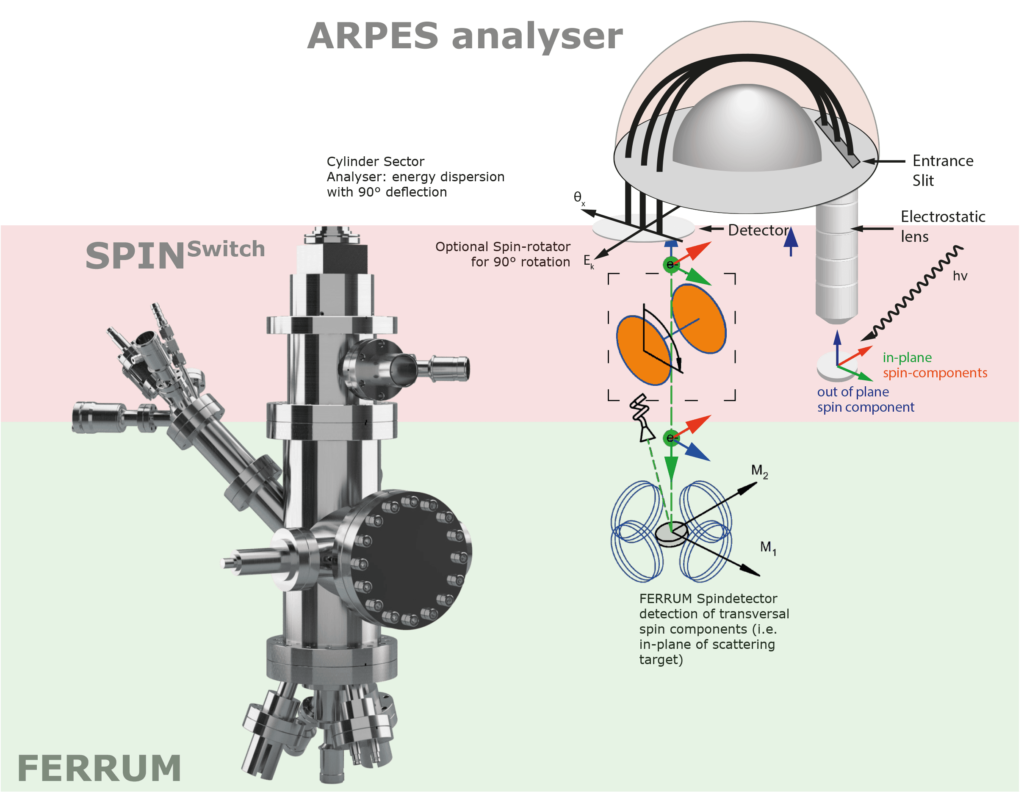
See also our animation of the detector:
